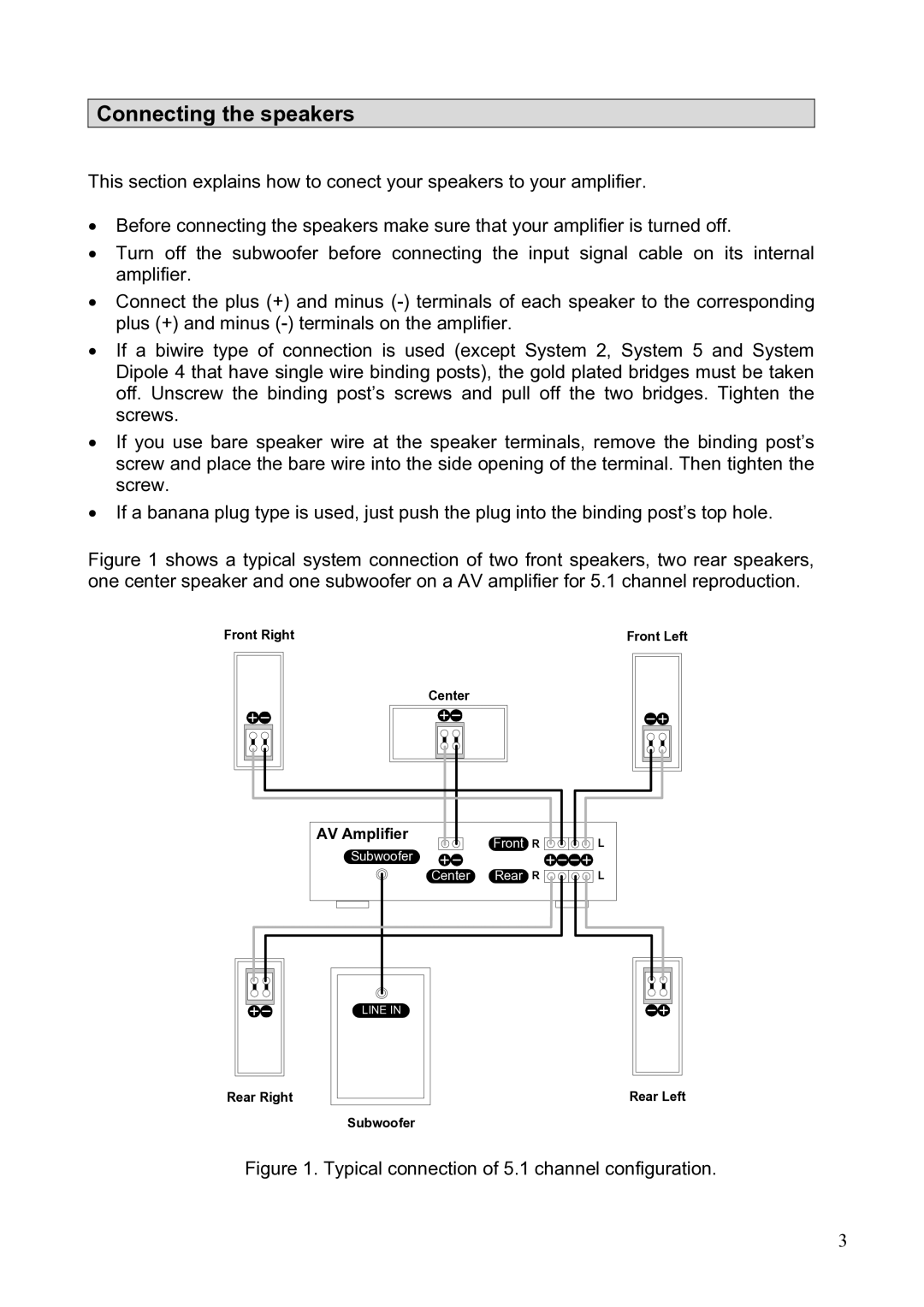System Series specifications
The Crystal Audiovideo System Series represents a cutting-edge advancement in audio and video technology, offering an immersive experience for both home and professional settings. Designed for audiophiles and cinematographers alike, this series combines innovative features with superior performance to deliver crystal-clear sound and high-definition visuals.One of the standout features of the Crystal Audiovideo System Series is its advanced audio processing technology. Utilizing proprietary algorithms, the system enhances audio clarity and detail, allowing users to hear subtle nuances in their favorite music and films. The series supports high-resolution audio formats, ensuring that every note, voice, and sound effect is reproduced accurately. This technology can automatically adjust sound profiles based on the type of content being played, optimizing the listening experience in real-time.
In terms of video capabilities, the series boasts support for 4K and 8K resolutions, catering to the demands of modern visual media. The integrated HDMI 2.1 compatibility allows for high bandwidth connectivity, enabling features like fast refresh rates, variable refresh rate (VRR), and enhanced audio return channel (eARC). This ensures smooth motion and vivid imagery, making it perfect for gaming and high-quality streaming services.
The Crystal Audiovideo System Series also incorporates smart home integration features, allowing users to connect and control various devices seamlessly. With compatibility for voice assistants such as Amazon Alexa and Google Assistant, users can operate their systems hands-free, enhancing convenience in daily usage.
Additionally, this series prioritizes user-friendly experience through its intuitive interface. The sleek design features a minimalist aesthetic, while the user interface offers customizable settings and easy navigation through audio and video sources. Moreover, with features like wireless streaming and Bluetooth connectivity, users can easily access their favorite music and videos from a multitude of devices.
Another significant characteristic of the Crystal Audiovideo System Series is its robust build quality. Designed with premium materials, the system not only performs exceptionally but is also an attractive addition to any home theater or studio setup. Temperature management and efficient power usage further enhance the longevity and reliability of the system.
In summary, the Crystal Audiovideo System Series is a comprehensive solution for those seeking high-performance audio and video technology. With its advanced features, superior processing capabilities, and seamless integration into smart environments, it stands as a testament to the future of entertainment systems.

